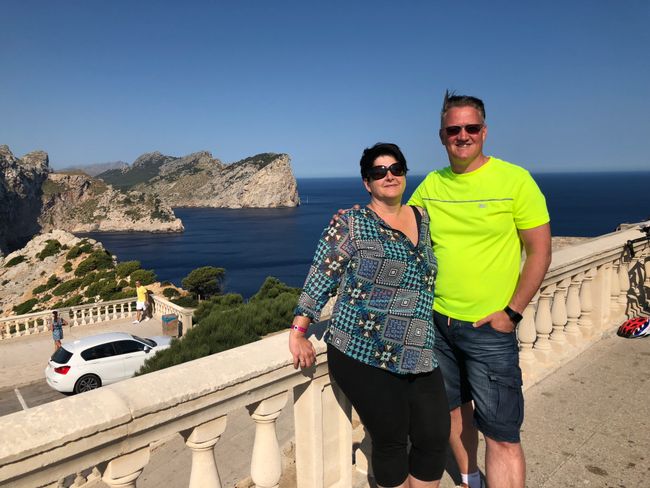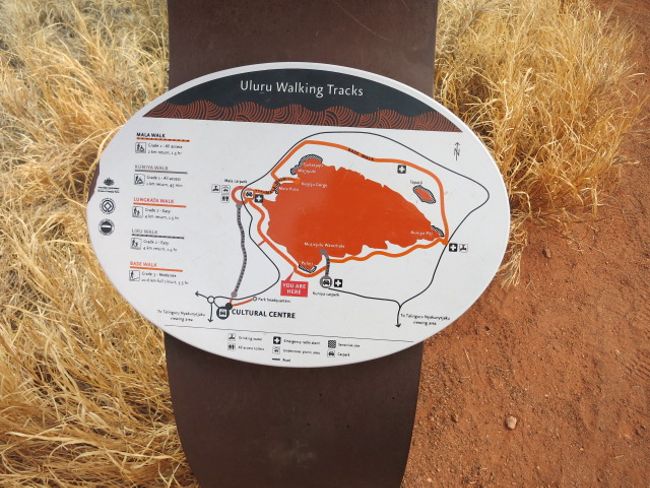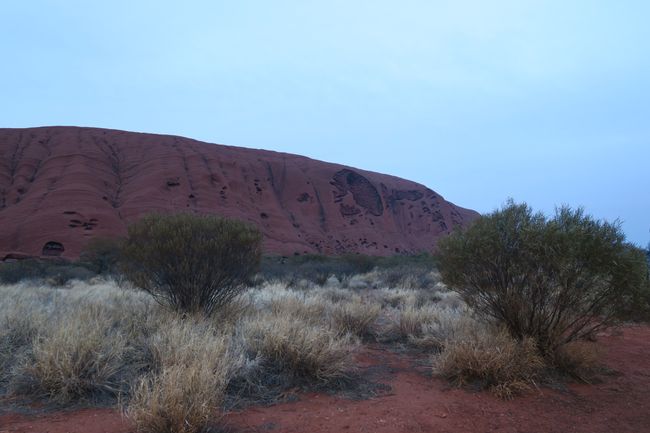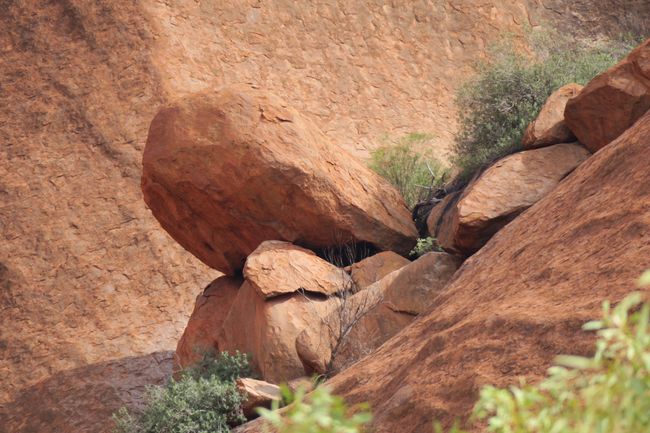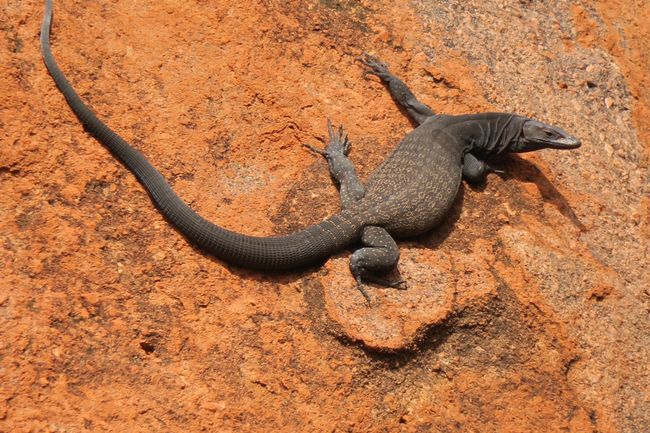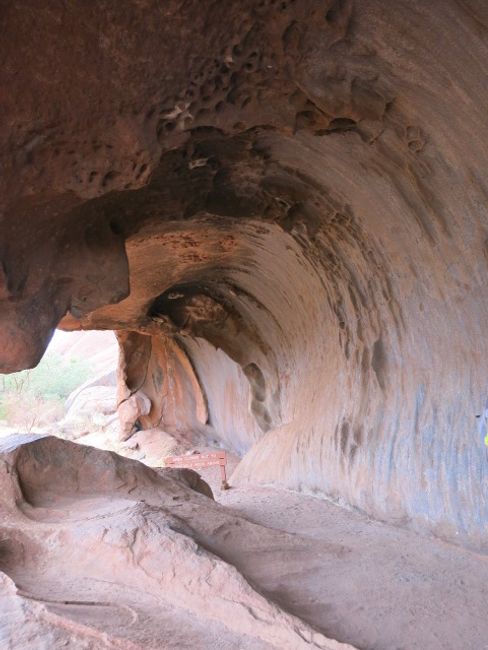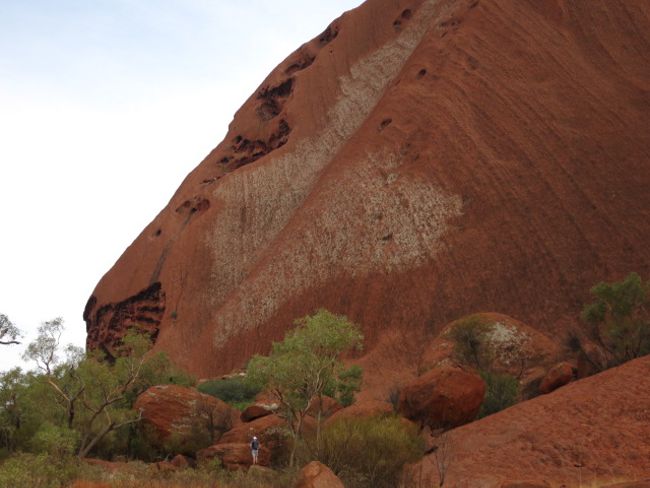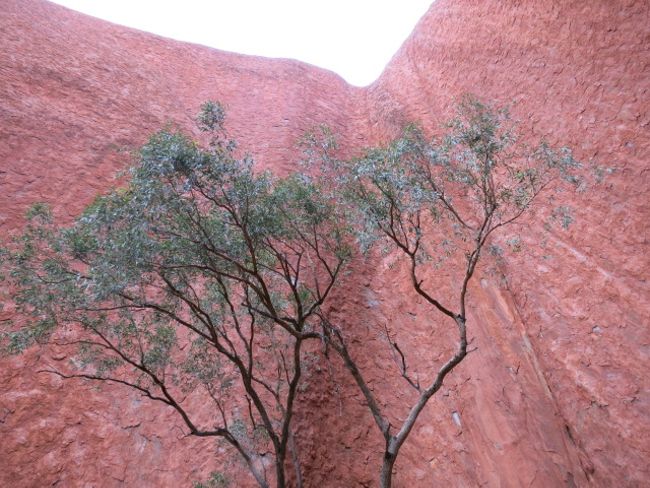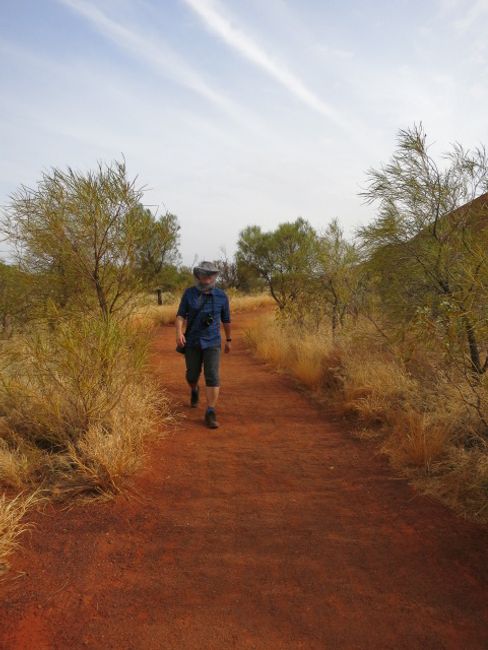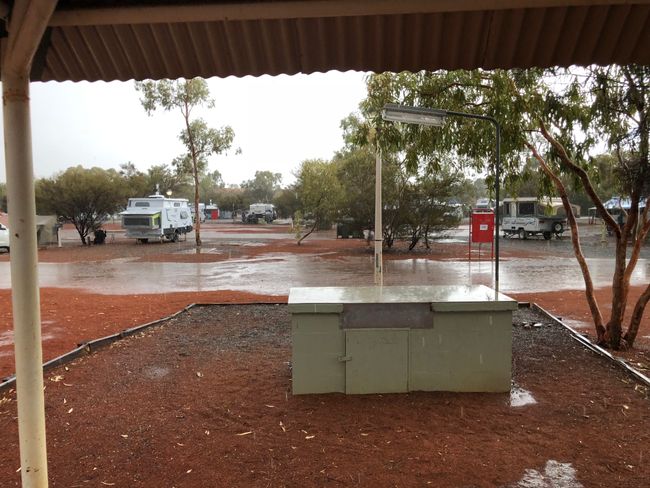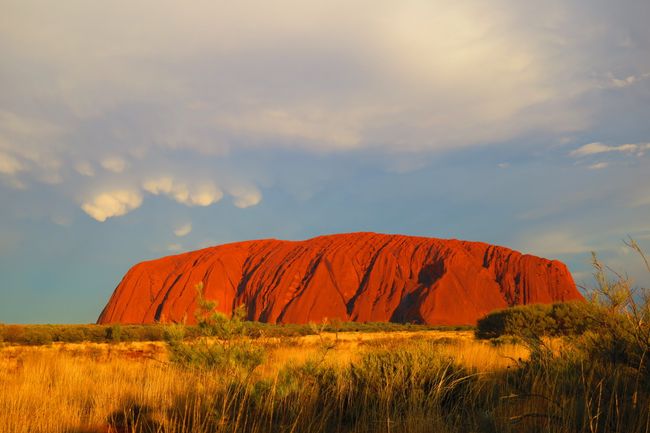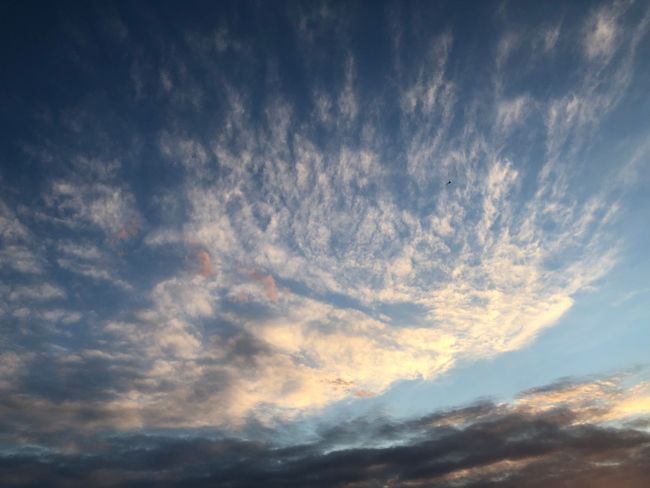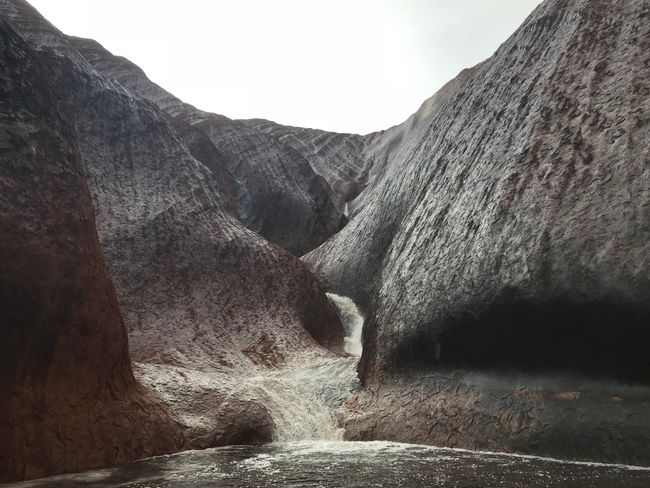Uluru / Ayers Rock
Հրատարակվել է: 11.10.2018
Բաժանորդագրվել տեղեկագրին
Sorry that we haven't heard from us for three days, but we didn't have any network. No network, no blog. But now we're starting again
4:30 a.m., the alarm clock wakes us up from deep sleep. Get out of bed and into hiking clothes, grab the camera and backpack, because at 5:15 the bus picks us up. (What one wouldn't do for photos)
Sunrise at Uluru and then a walk around the rock.
It's still pitch dark when we board the bus. Everyone we've met so far who has been here has raved about the colors in the morning and evening. Unfortunately, it didn't work yesterday. New day - new luck.
20 minutes later, upon arrival at Uluru / Ayers Rock, you can already see in the dawn that it will be a good day for dreamy....... cloud pictures.
But all the whining and complaining won't help, we still have a 12.6 km walk ahead of us, with or without the sun. Looking back, we had both on the 5-hour tour, but the time without the sun was better. Our guide David, an Italian, told us a lot about the rock. I also had a German audio guide because my English is only mediocre. (Although I also understood what David was saying).
Maybe it's the same for some others, I understand a lot, I just often struggle to find the right words when speaking. But I'm getting there slowly.
The Aboriginal people call it Uluru. In 1873, William Gosse, the discoverer of the rock, named it Ayers Rock during his attempt to cross Australia from east to west. At that time, Henry Ayers was the Premier of South Australia and the funder of Gosse's expedition.
Uluru is a sacred site for the local Anangu Aboriginal people. In 1985, the Anangu officially regained ownership of the national park, but had to lease it back to the government for 99 years.
Uluru was and still is the center of Aboriginal life. There are separate areas for men and women (where the millennia-old knowledge, rules, and laws are and have been passed on) and a family area. Photography is prohibited in some places and is respected by most people. If you're wondering if you can climb Uluru, the answer is yes, but it is discouraged out of respect for the sacred site. In addition, access is closed during wind, heat, and rain. Today it was very windy. There is still much to tell, but that should be enough for now.
It was a strenuous hike and we were glad and happy to return to the bus at 11:00. That's enough for today. Now it's time to sleep.
At around 3:00 p.m., a thunderstorm broke out. You don't experience something like this every day. It was pretty cool, lightning and thunder all around us while we were grilling, 🍔 without buns, as they were moldy.
We were a bit uneasy, as there were 2-3 really loud bangs. We had to make a decision, either a) seek shelter in the car and get soaking wet (it was about 200 m to the car) or b) stay dry with a lump in our throats. We chose "b". As Carsten said, "Tomorrow it will be in the newspaper: 2 Germans in Australia killed by lightning while BBQing under a corrugated iron shed." But the Aussies are even braver, they ran up the hills to take photos during the lightning and continued to bathe.
In the end, God had mercy on us and sent the sun after the storm. So we got in the car and drove, along with a thousand others, to the Sunset Point at Uluru.
Australia has finally reconciled with us.
We made the most of the day.
Բաժանորդագրվել տեղեկագրին
Պատասխանել
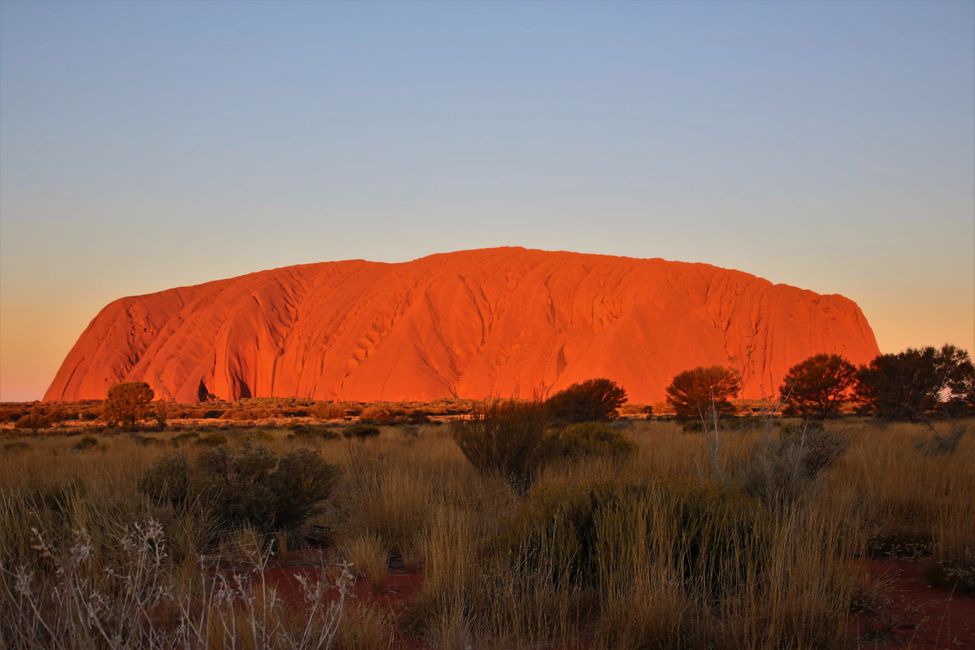
Ճանապարհորդական հաշվետվություններ Ավստրալիա

